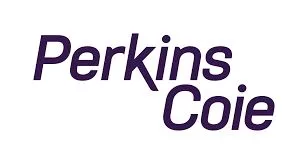Certain construction workers and other employees in the construction industry must be paid the entire balance of accrued and unused paid sick leave if those workers separate from employment before they reach their 90th day of employment. This requirement, effective January 1, 2024, applies regardless of whether a worker's separation is voluntary or involuntary.
This change, prompted by Senate Bill 5111, covers workers who fall under the North American Industry Classification System Code 23 (NAICS 23)—construction—even if they are not directly involved in actual construction work, such as nonexempt administrative staff. This requirement does not apply to workers who work only in residential building construction (NAICS Code 236100). However, if a nonexempt worker covered under NAICS 23 performs both residential and nonresidential work as defined by NAICS, the separation payout requirements apply. Further, this requirement also applies to workers covered by a collective bargaining agreement.
If a worker is rehired within 12 months of separation, whether at the worker's same or a different business location, sick leave previously paid out after separation does not need to be reinstated. But, if rehired, this worker's previous period of employment must be counted for the purpose of determining the date upon which the employee is entitled to use sick leave.
Takeaways for Employers
Employers in the construction industry should review their policies to ensure compliance with these changes. Should any questions arise as employers work to process a worker's separation—or to onboard a worker previously employed by the same employer within the prior 12 months—employers should consult with experienced labor and employment counsel to ensure compliance with these requirements.
The content of this article is intended to provide a general guide to the subject matter. Specialist advice should be sought about your specific circumstances.



